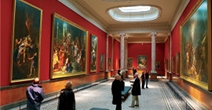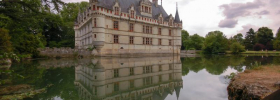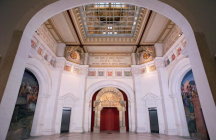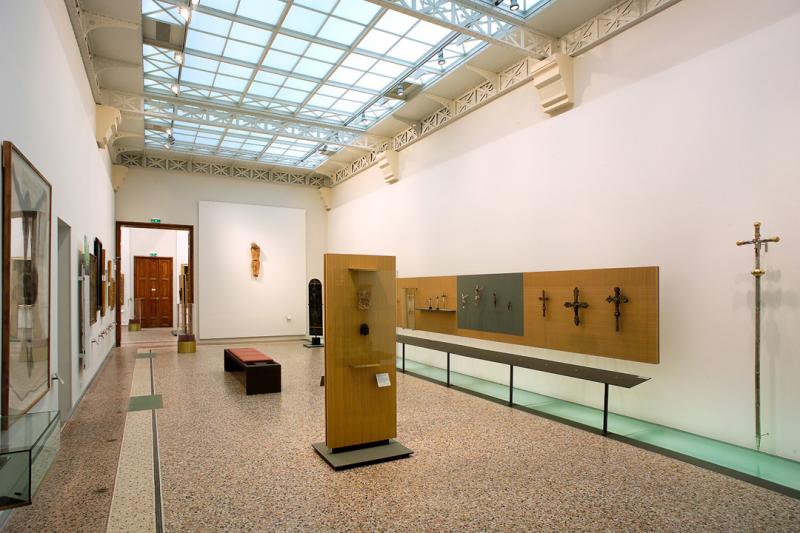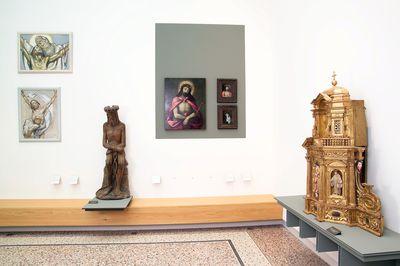 Home
Home- > Museums France
- > Bourgogne
- > Saône-et-Loire
- > Paray-le-monial
- > Musée du hiéron
Musée du Hiéron
Sacred art is imbued with mystery and has many layers of meaning. It offers a reflection on the foundations of our history, and is at the very root of the development of art and civilization.Works of sacred art bring together the entire wealth of artistic and technical prowess through which ar tists and craftsmen in every community, and at every period of history, have sought to give tangible expression to their faith.
The Hiéron Eucharistic Museum was designed by Parisian architect Noël Bion, and was completely renovated by Catherine Frenak and Béatrice Jullien in 2005. Built between 1890 and 1893, it features a metallic architecture inspired by Gustave Eiffel, and is one of the rare museums in France to be designed as such from the very outset.
The Museum's name derives from the Ancient Greek term hiéros —sacred or holy—and also refers the Ancient Greek hiéron— a consecrated public space that served both political and religious purposes. Embracing contemporary art forms, the Museum offers an imaginatively new cultural approach to religious feeling in Western Christianity. Since undergoing renovation, the Museum/Monument, with its 700-m2-exhibition space, offers visitors a thematic historical panorama of Christianity over two millennia.
The specifically designed edifice houses a unique ensemble of artworks. On permanent exhibition are some one hundred paintings from the 15th century down to the present day, one hundred sculptures and objets d'art, including the remarkably preserved 12th-century Romanesque carving from the main door of the church in nearby Anzy-le-Duc, itself a listed historic monument, and the sublime Via Vitae (The Way of life), executed between 1894 and 1904 by the Parisian goldsmith and jeweller, Joseph Chaumet.
Every year, the Museum holds a new exhibition of contemporary art, yet another of the institution's strong points as it continues to enrich and diversify its collections.
Accommodation nearby
Latest news onMusée du Hiéron
Opening hours
Tuesday to Sunday from 10.30am to 12.30am and from 2pm to 6pm.
In July and August every day,at the same hours.
Prices
Full price: 4 €
Reduced: € 3 (groups of more 5 people, students, families, seniors)
Free: Under 18, unemployed, museum professionals, Rmistes
Tourism near
 Visit the city of Paray-le-monial
Visit the city of Paray-le-monial - 3 Museum
Tours
 Charolles
Charolles
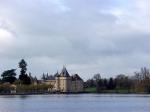 La Clayette
La Clayette
 Discover the village of Le Donjon
Discover the village of Le Donjon






















